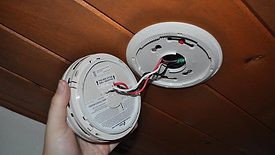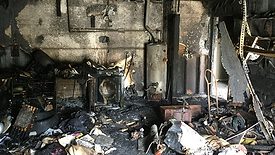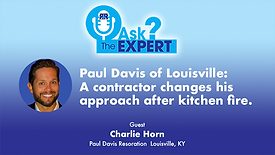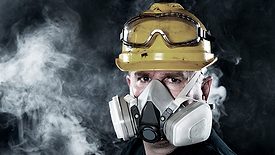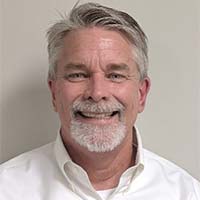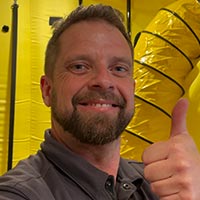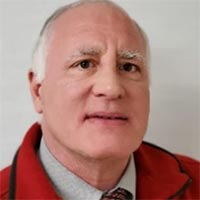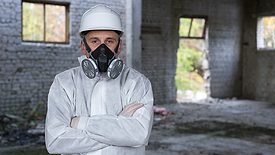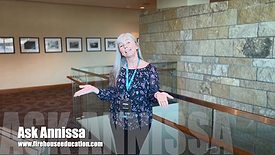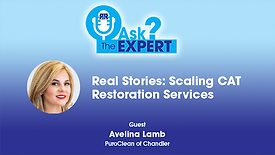Fire and Smoke Damage Restoration
Paul Davis of Louisville: Contractor Changes His Approach After Kitchen Fire
Ask the Expert
August 17, 2022
Real Stories: Finding Your Niche in a Competitive Restoration Market
Ask the Expert
April 1, 2022
Real Stories: Scaling CAT Restoration Services With Avelina Lamb
Ask the Expert
March 17, 2022
Stay ahead of the curve with our eNewsletters.
Get the latest industry updates tailored your way.
JOIN TODAY!Copyright ©2025. All Rights Reserved BNP Media.
Design, CMS, Hosting & Web Development :: ePublishing
